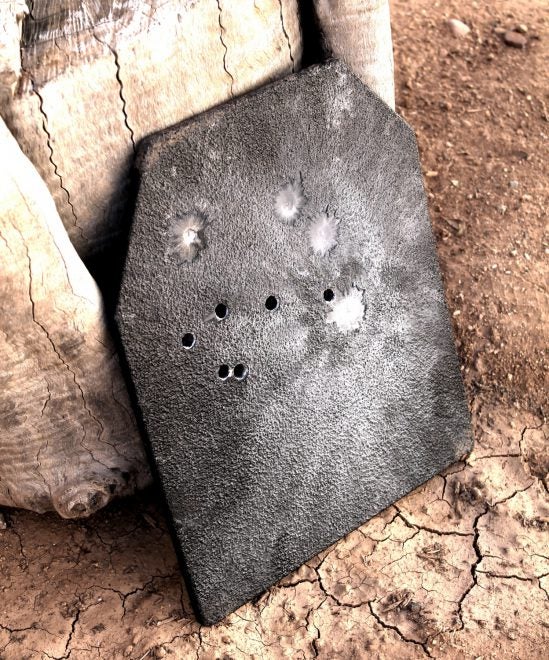That seems like a pretty straightforward question, doesn’t it? On the surface, armor piercing ammunition ought to be ammunition that pierces armor, right? Seems pretty simple. Except it isn’t. At least, not according to the BATFE. Under 18 United States code, AP ammo is defined rather arbitrarily as:
(i) a projectile or projectile core which may be used in a handgun and which is constructed entirely (excluding the presence of traces of other substances) from one or a combination of tungsten alloys, steel, iron, brass, bronze, beryllium copper, or depleted uranium; or
(ii) a full jacketed projectile larger than .22 caliber designed and intended for use in a handgun and whose jacket has a weight of more than 25 percent of the total weight of the projectile.
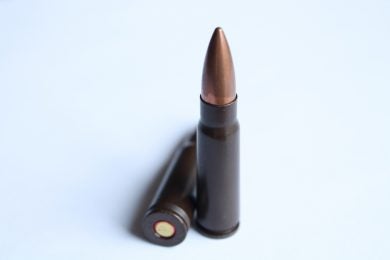
Steel core Norinco 7.62x39mm 123 gr FMJ
And that’s why Norinco steel core 7.62x39mm ammunition was banned from import back in the 90’s, which makes perfect sense because everybody knows that 7.62x39mm is pistol ammo. Wait, is it? According to the federal government, yes. Because handguns exist that will fire it, the BATFE has determined that 7.62x39mm is pistol ammunition. Okay, so it’s kind of goofy to call it pistol ammo, but it is armor piercing, right? After all, it has a steel core.
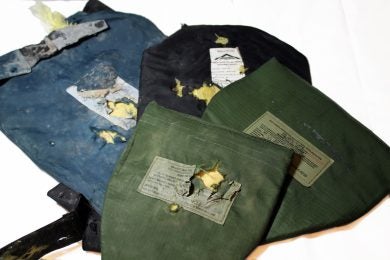
Soft armor panels
Nope. Not AP. Okay, so this actually is pistol ammo and it did zip right through that level IIIA vest like it wasn’t there. This may give you Forest Whitaker eye to consider, but that is actually not AP ammo. Although it is made entirely of copper, it isn’t beryllium copper, as specified by the statute. It doesn’t meet any of the standards listed above so it cannot be classified as armor piercing ammunition, regardless of how well it pierces armor. But, if I may channel Billy Mays, wait there’s more!
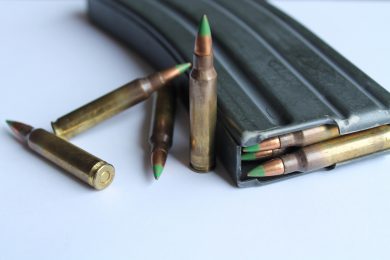
Lake City M855 5.56x45mm FMJ
Then there is the military definition of “armor piercing” which is pretty much any ammunition designed to meet a standard in perforating a particular type of armor at a specified distance. Some level III+ steel plates can stop P60 or P80 7.62x51mm, which are actual, military AP ammo type classifications but
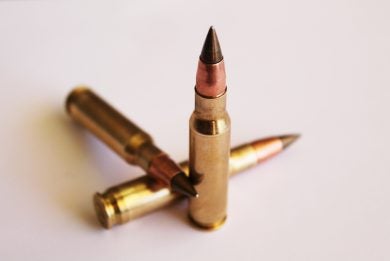
M80A1 7.62x51mm Enhanced Performance Round
M855A1 EPR or M80A1 EPR, which are not AP (according to DoD or federal statute) can cut through it like it’s not there. And, of course, the NIJ level IV standard is defined by the ability to stop .30-06 M2AP, which was not only designated by the military as armor piercing, but also meets the federal definition . This projectile was widely used during WWII. It was actually issued exclusive of M2 ball for much of the war because it was relatively cheap, highly penetrative, and had great terminal effect, so there was little advantage in complicating the supply chain with two different types of ammunition. There are multitudes of anecdotal reports of Joes preferring M2AP and extolling its virtues in digging through trees and other obstacles to root out the Jerrys.
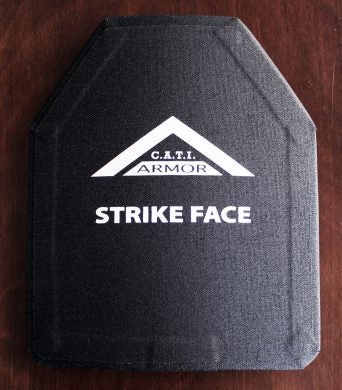
Come And Take It NIJ level IV stand alone armor plate
The fun part about that is that many of the ammunition types that the military classifies as AP would actually meet the federal statute, if the BATFE were inclined to classify them as being intended for use handguns. Somehow, I don’t think that the preposterous nature of a .30-06 pistol would bother the BATFE.
 Your Privacy Choices
Your Privacy Choices
